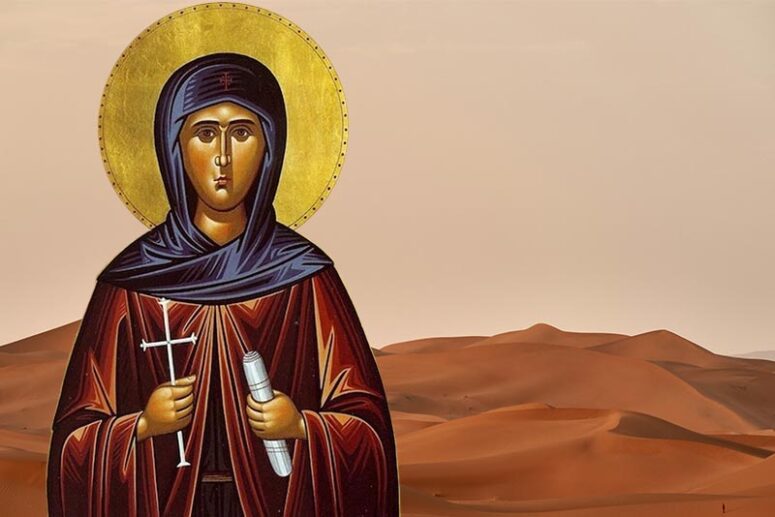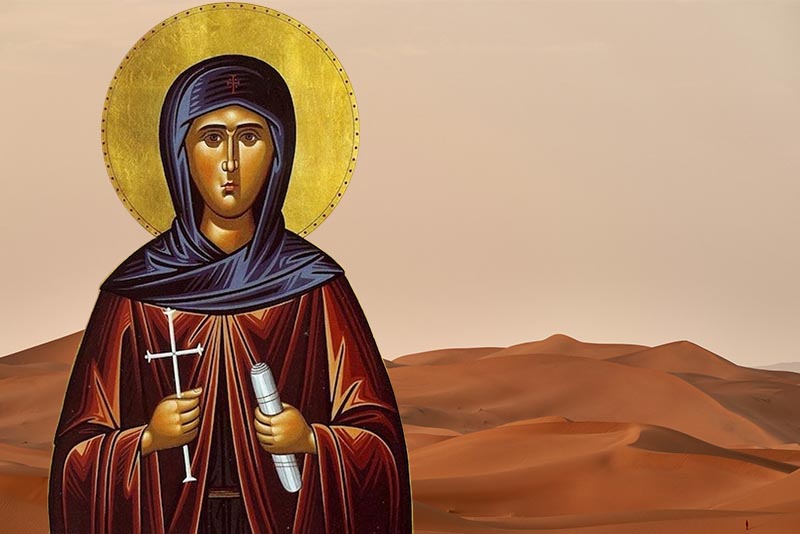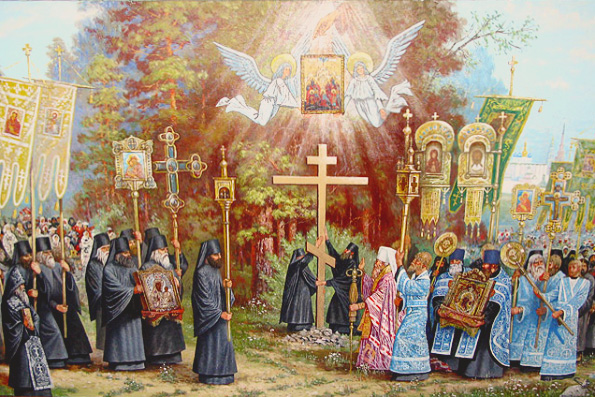
In the solemn period of Lent, the Church calls us toward fasting and ascetic living. Asceticism, at its core, is the pursuit of spiritual objectives through disciplined self-control, denial, and moderation. Viewing sin as an ailment necessitates a regimen for recovery, much like any physical sickness. During times when our strength or resolve wanes, it’s inspirational examples that we seek to emulate. While not everyone is destined for heroism, our saints, who embody heroism in faith, stand ready to support us upon request.
Among such exemplary figures is Anastasia the Patrician, a noblewoman of Constantinople, who nearly ascended to the role of Byzantine Empress in 548. This was a time when Emperor Justinian the Great, having been bereaved by the loss of his wife, sought Anastasia’s hand in marriage.
Emperor Justinian’s early years were marked by a profound love for Theodora, a woman of humble origins associated with the entertainment world of the hippodrome, a realm not distinct from disrepute at the time. Undeterred by societal norms, Justinian enacted a decree facilitating the marriage of reformed entertainers to individuals of noble status, thereby legitimizing his union with Theodora. Their marriage blossomed into an epitome of Christian partnership, characterized by love, harmony, and mutual respect. Justinian cherished Theodora as a confidante and advisor in both personal and state matters until her demise.
Upon Theodora’s death, Justinian sought the virtuous widow Anastasia for marriage—a prospect that, under ordinary circumstances, would be deemed a fortunate twist of fate. Marriages within aristocratic circles were rarely founded on love, and the emperor’s proposal was notably distinguished, not only by his high station but also by his devout Christian faith and contributions to the Church, including convening the Fifth Ecumenical Council. However, Anastasia, having devoted her life to Christ, chose a different path. She clandestinely withdrew to Sketis, a revered monastic community, forsaking earthly power for spiritual solitude.
In an era when women drawn to monastic life often settled in more populated areas, such as the outskirts of Alexandria or closer to the Nile, Anastasia the Patrician’s decision to embrace monasticism eventually led her to a more secluded path. Aware that Emperor Justinian might pursue her even into these monastic retreats, Anastasia sought refuge in a desolate hermitage under the guidance of Abba Daniel. To protect her and support her monastic aspirations, he dressed her in male monastic attire, renaming her Anastasius, and blessed her to live in solitude.

The desert, traditionally the domain of the Desert Fathers who sought isolation for prayer and asceticism, was also home to women who, though less spoken of, engaged in similar spiritual battles. Despite the prevailing belief that the desert was no place for a woman, both due to its harsh conditions and the perceived risk of temptation, some women lived there incognito, disguised as men.
Remarkable stories from this period include an old nun discovered by two elders after living underground for thirty-eight years, relying solely on her faith in Christ. Her presence served as a humbling reminder to the hermits that spiritual victories were not confined to men. “Women too are defeating Satan!” Abba Vissarion once remarked to his disciple.
Anastasia herself lived in stringent seclusion for twenty-eight years, her sustenance a weekly provision of bread and water. At life’s end she asked Elder Daniel to hear her confession and give her Holy Communion. Her true identity was discovered posthumously, affirming her dedication and the remarkable lengths to which she went to serve Christ in anonymity.
Her relics, revered for centuries, found a resting place in Constantinople’s Church of St Sophia in 1200, signifying the enduring legacy of her faith.
Jesus’ teachings on the challenges wealth poses to entering the Kingdom of Heaven resonate deeply, yet often we overlook their relevance to our own lives, preoccupied with material wealth and comforts. Saint Anastasia’s life exemplifies the passage through the “eye of the needle,” a testament to the possibility of achieving divine perfection. Her story encourages us, especially during Lent, to strive for the same perfection that Christ calls us to, reminding us of the profound impact of even the smallest steps toward spiritual growth.
Translated by The Catalogue of Good Deeds
Source: https://foma.ru/istorija-neobychnoj-svjatoj-kotoruju-schitali-muzhchinoj.html






I wrote my M A Thesis on the rise of the Syrian Jacobite (Monophystic) Church. Theodora was harangued for her licentious conduct. It was she who gave safe harbor to Jacob Serugh who could be considered the founder of the Jacobite church. It has been argued that Theodora, herself, was a Monophysite.
As for Justinian: he first gave orders that all Monophysites were to be hunted down and killed on the spot via fire. He, then. died expressing a very stringent form of Monophysitism.